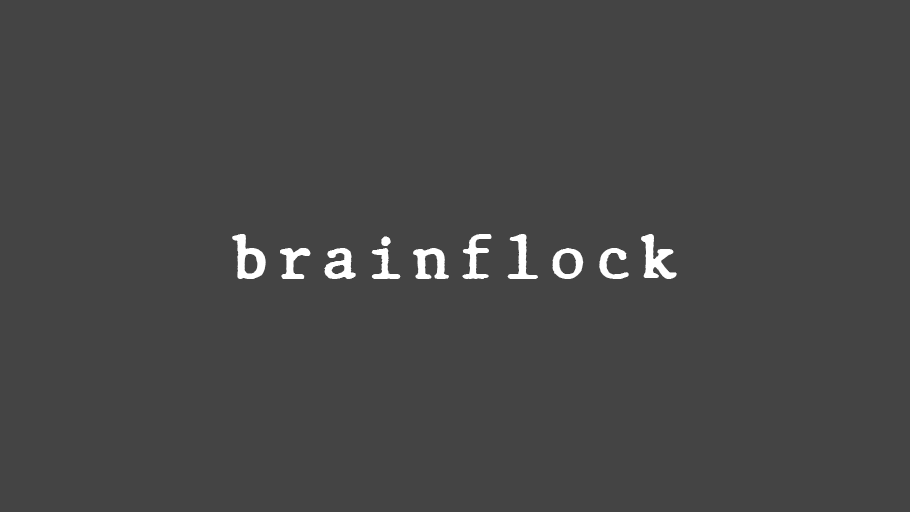Infinite Loops
Infinite loops remain a significant technical challenge. Without safeguards, such loops can crash the game. While I’ve included a warning in the help section, accidental infinite loops are still possible. Detecting these loops preemptively is a feature I’d like to explore in the future.
Simplified Help Section
The help section explains each Brainfuck command, highlights limitations, and offers context for new players. Notable deviations from traditional Brainfuck include:
- Using 16 bytes of looping memory instead of the standard 30,000 bytes or infinite memory.
- Disabling input commands to maintain the game’s puzzle focus.
While functional, the help section could benefit from a tutorial mode to improve onboarding for new players

 1
1